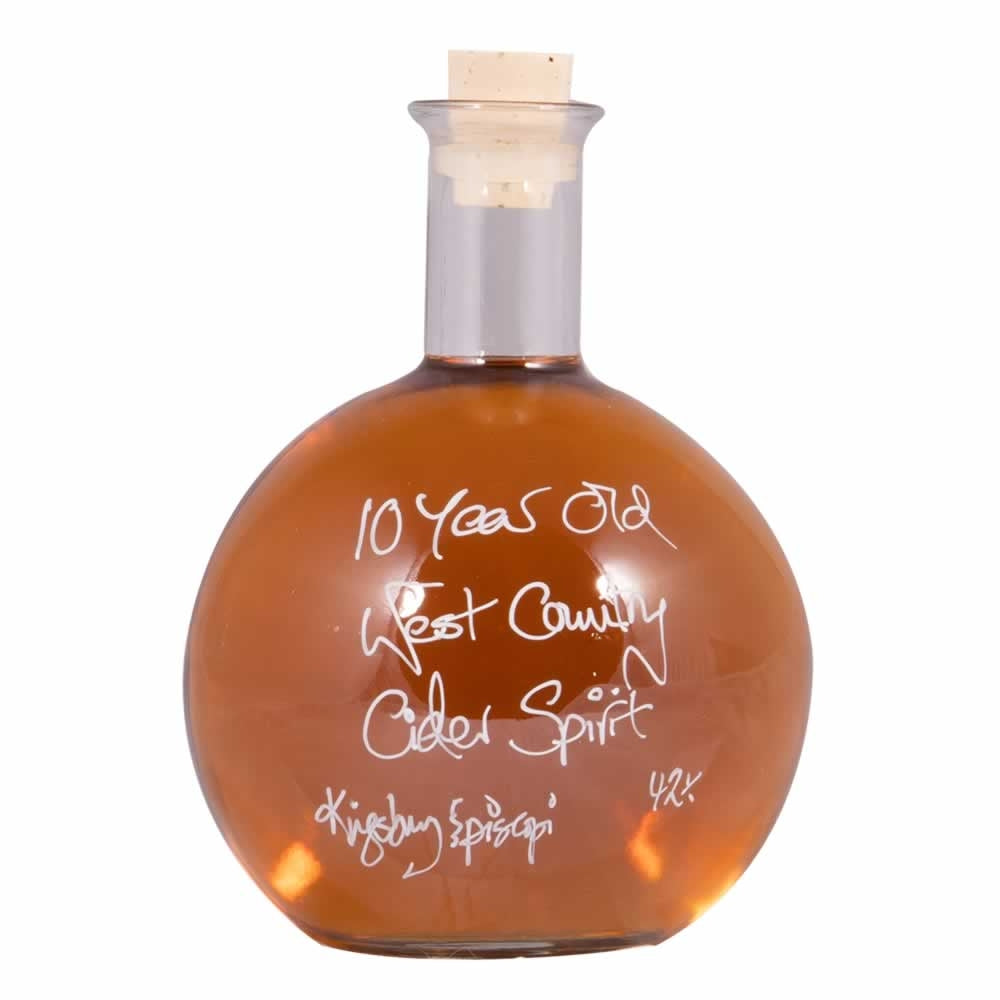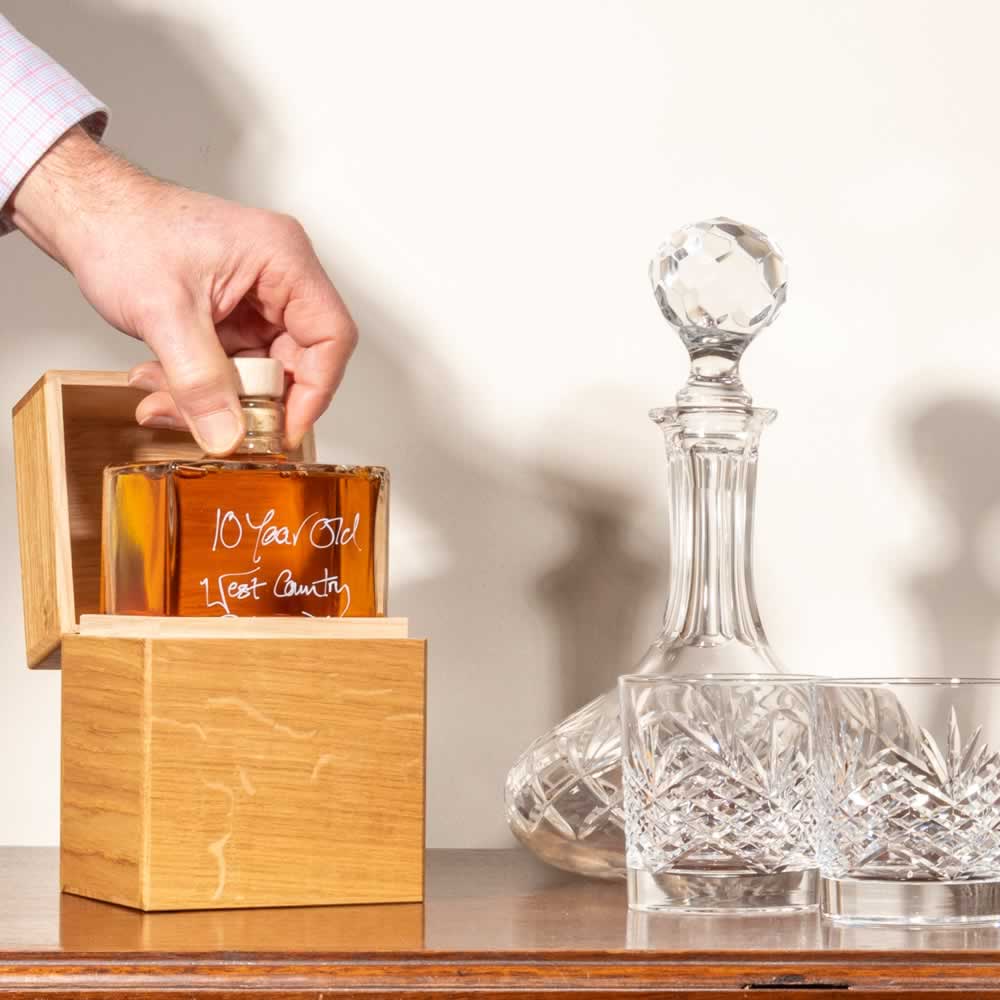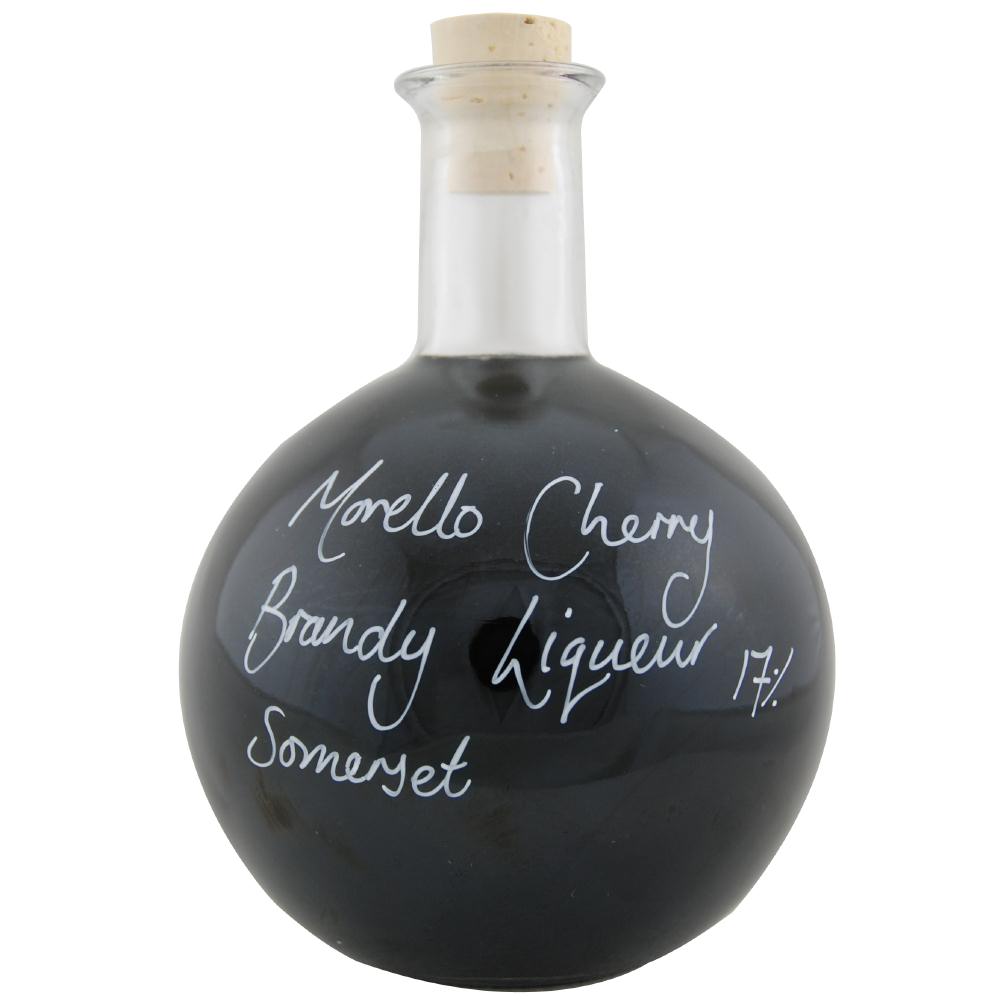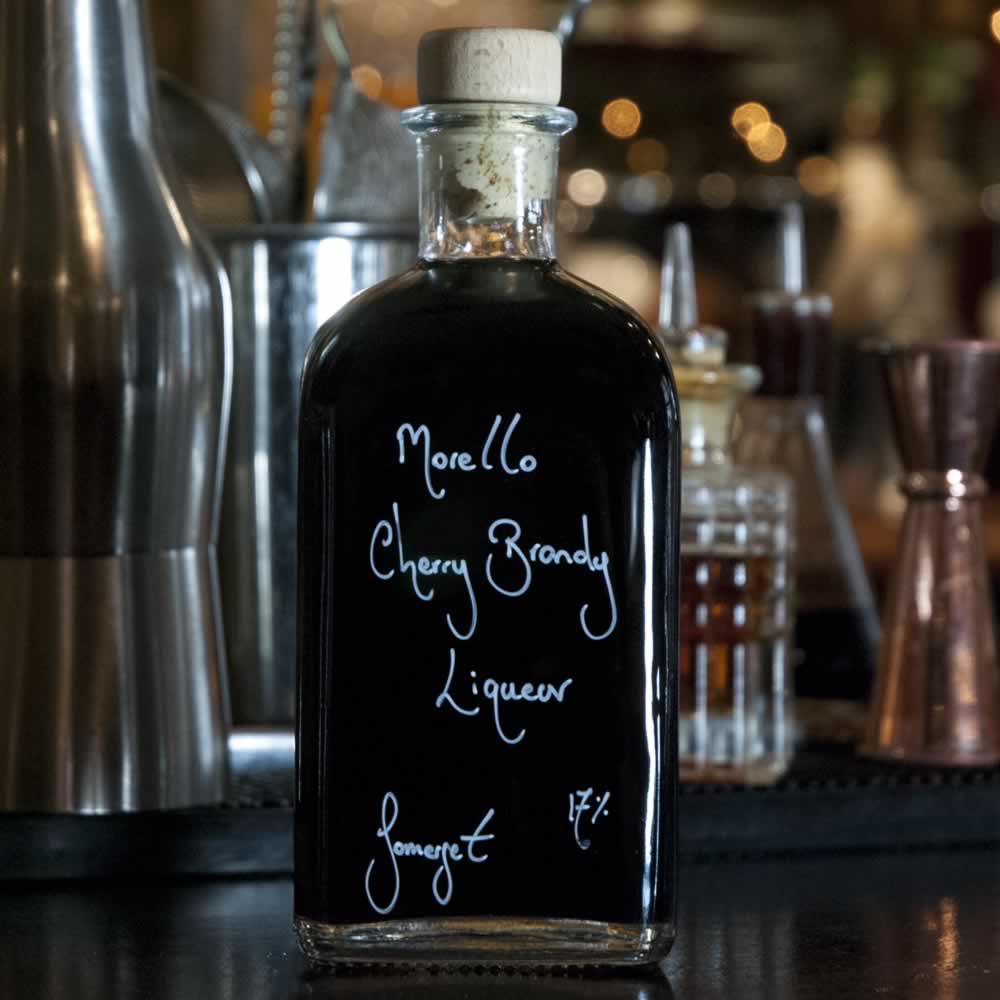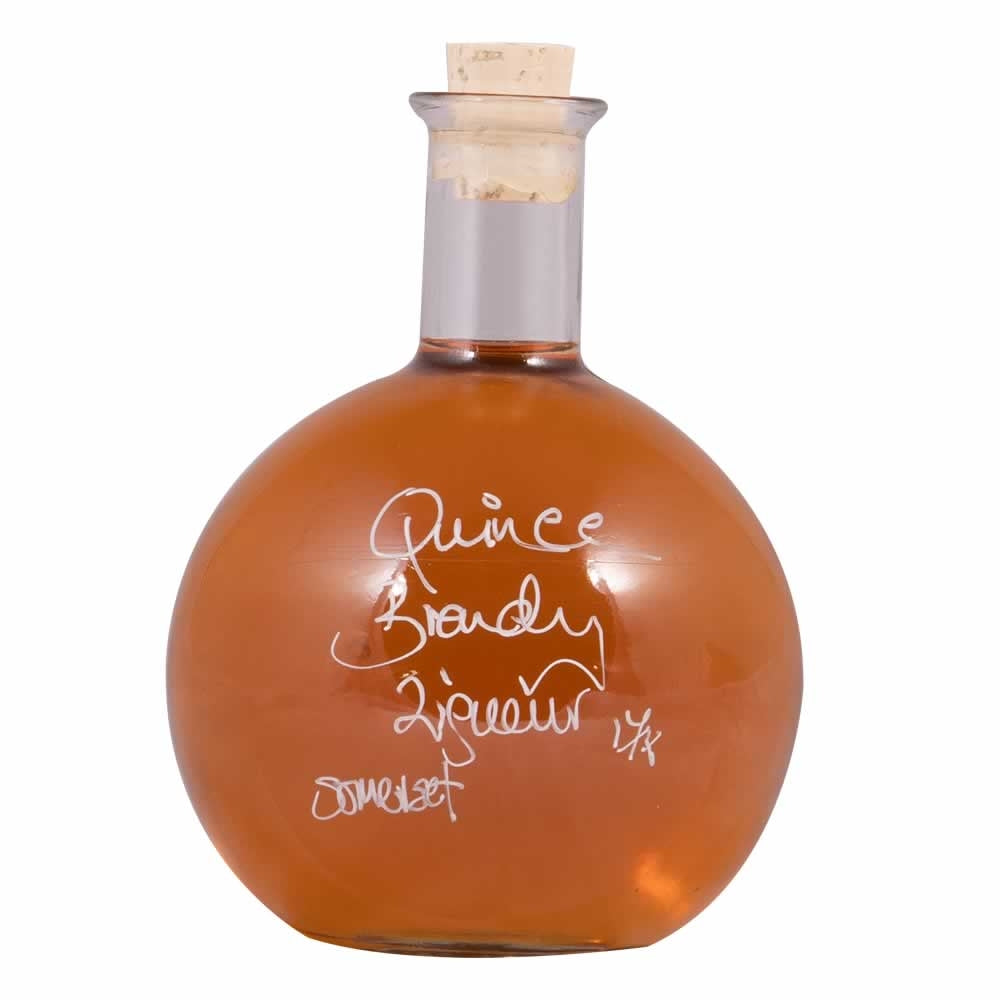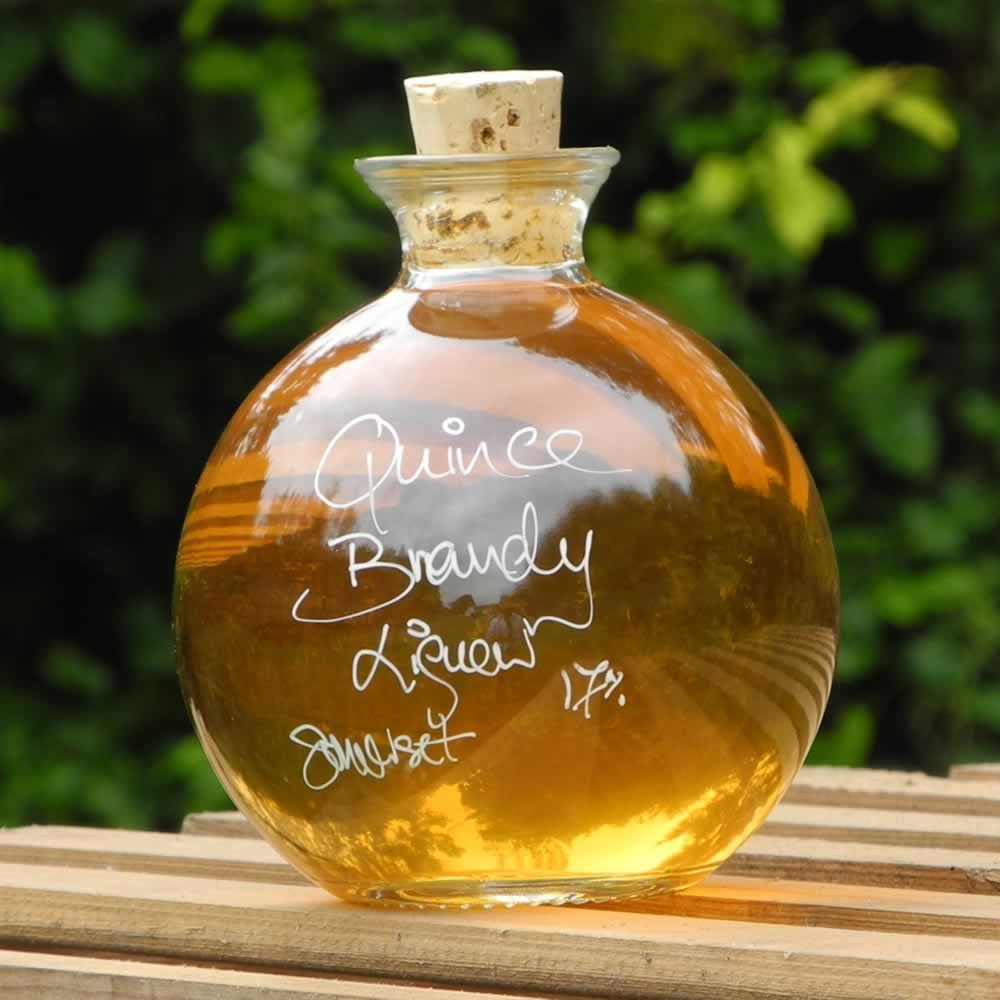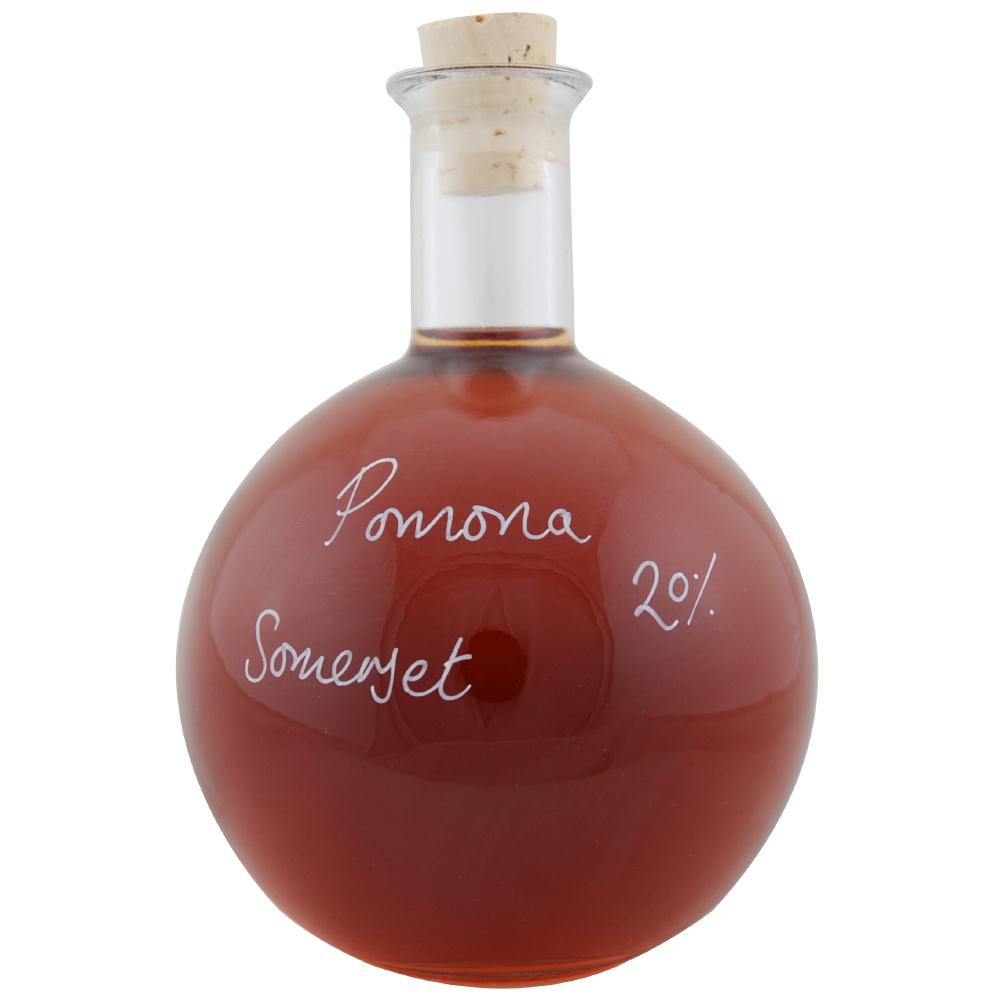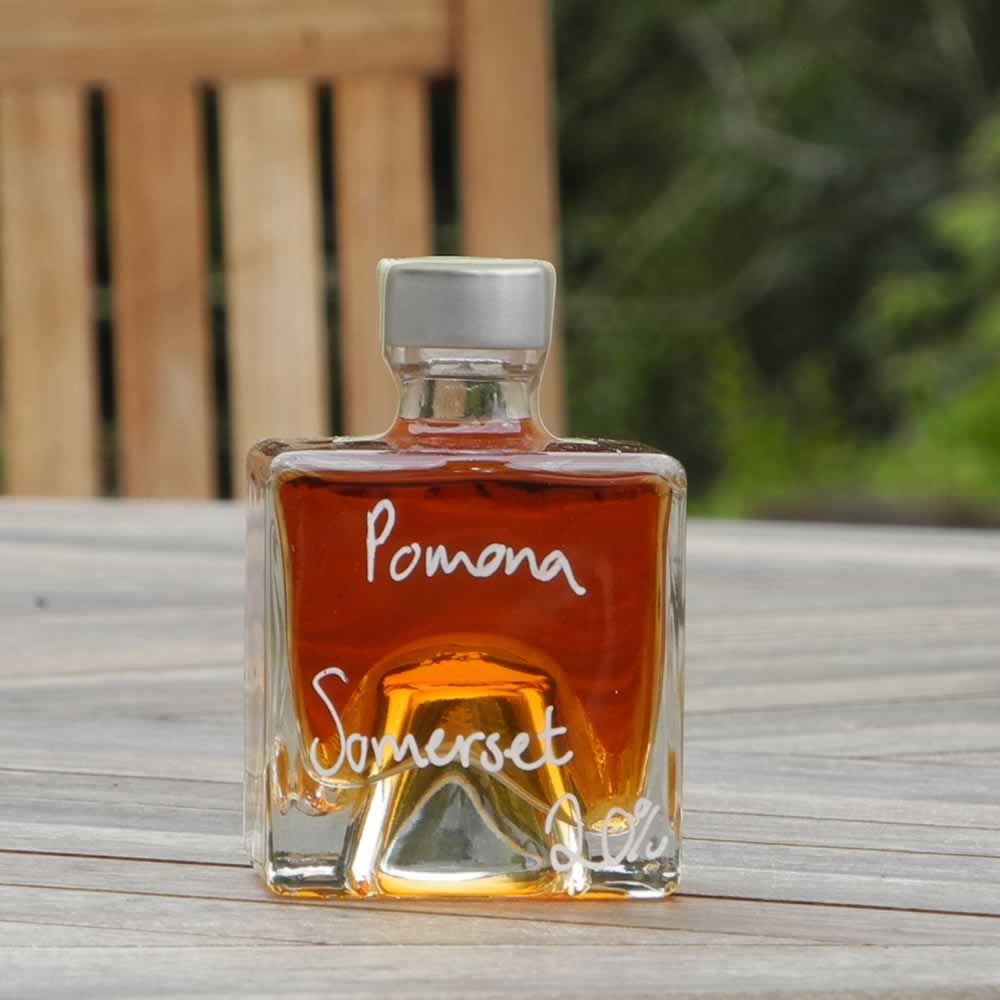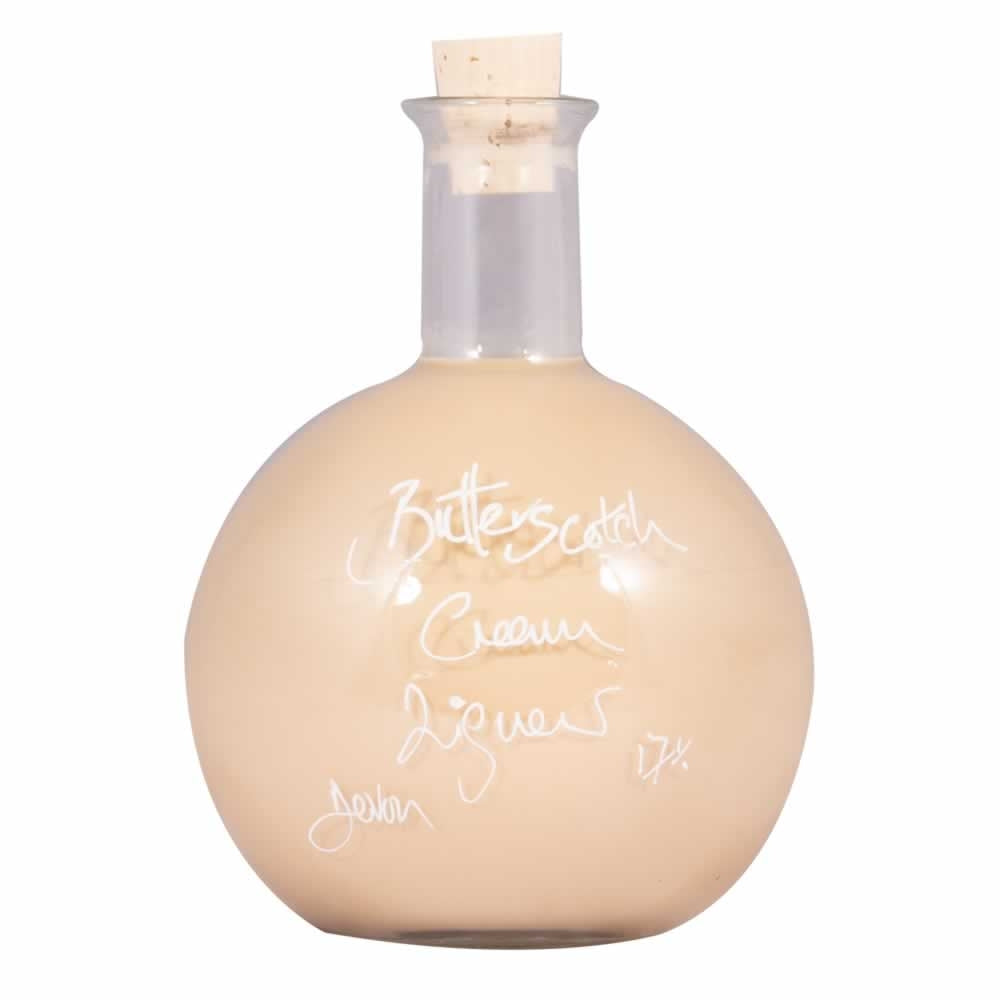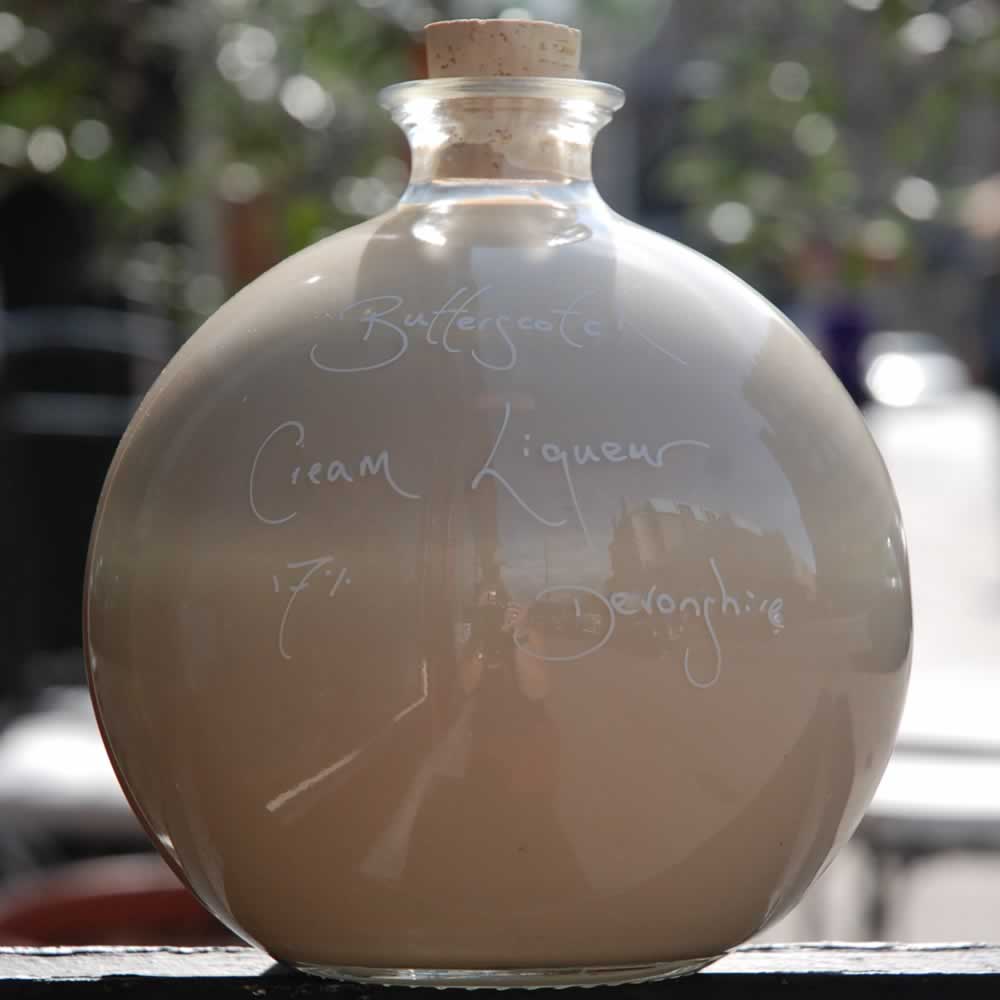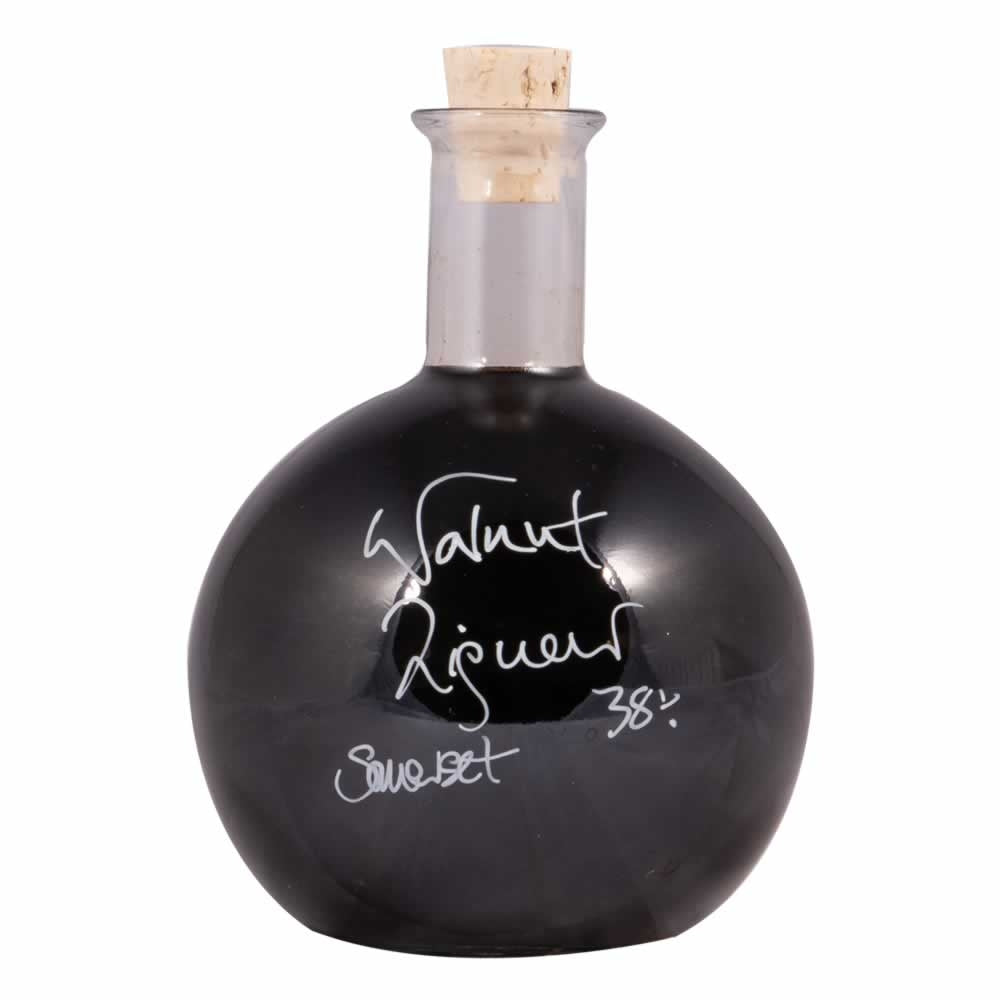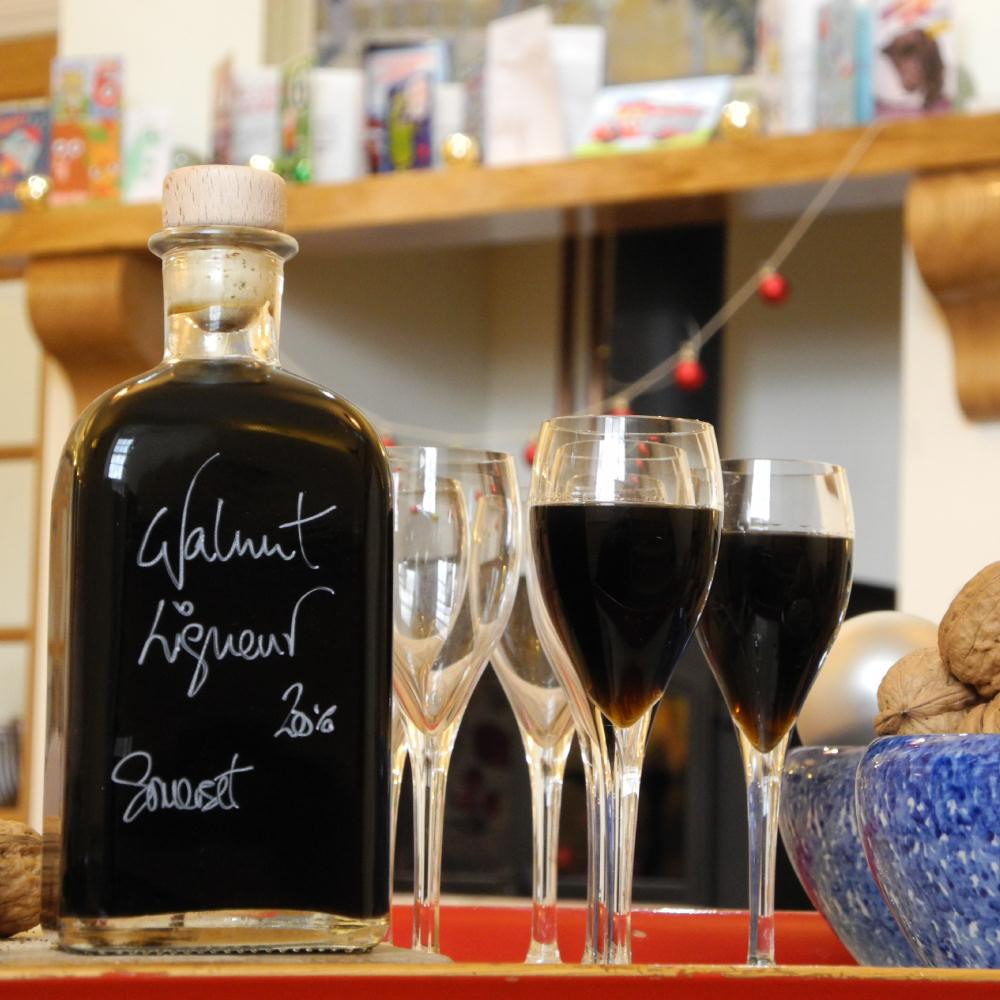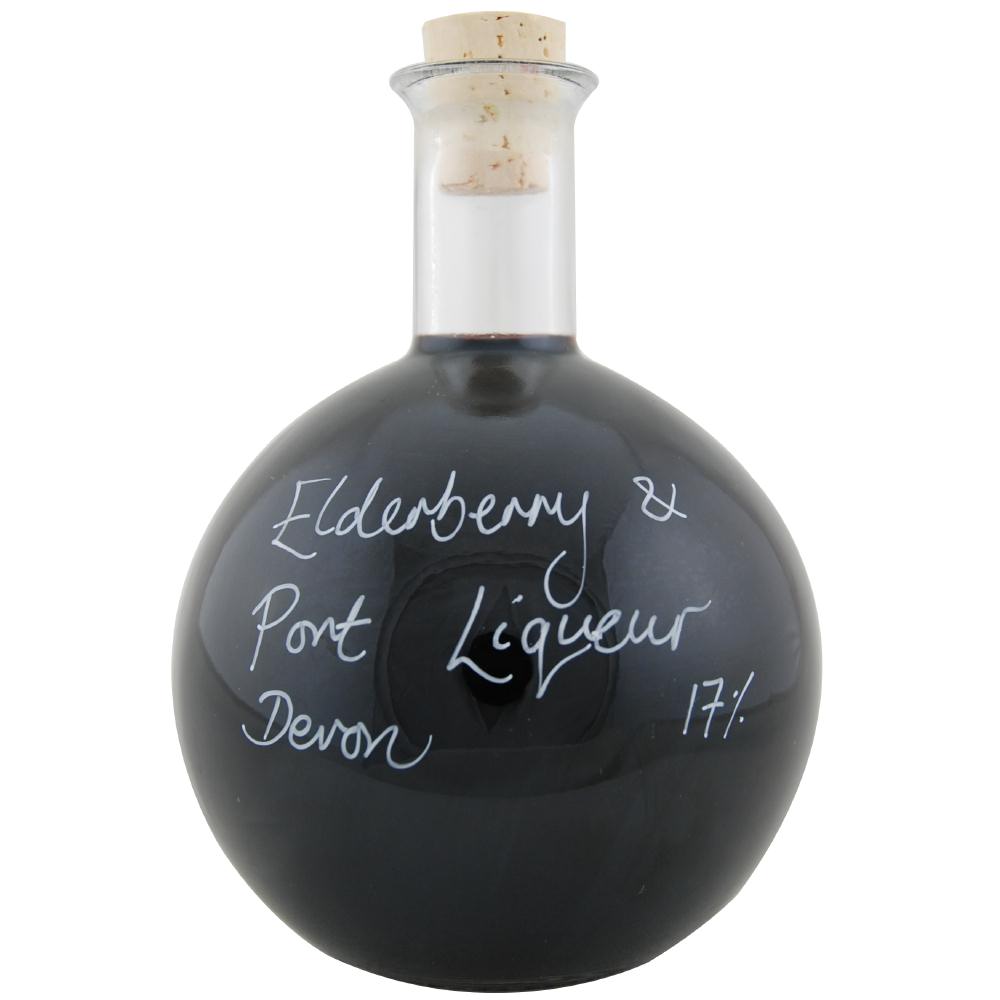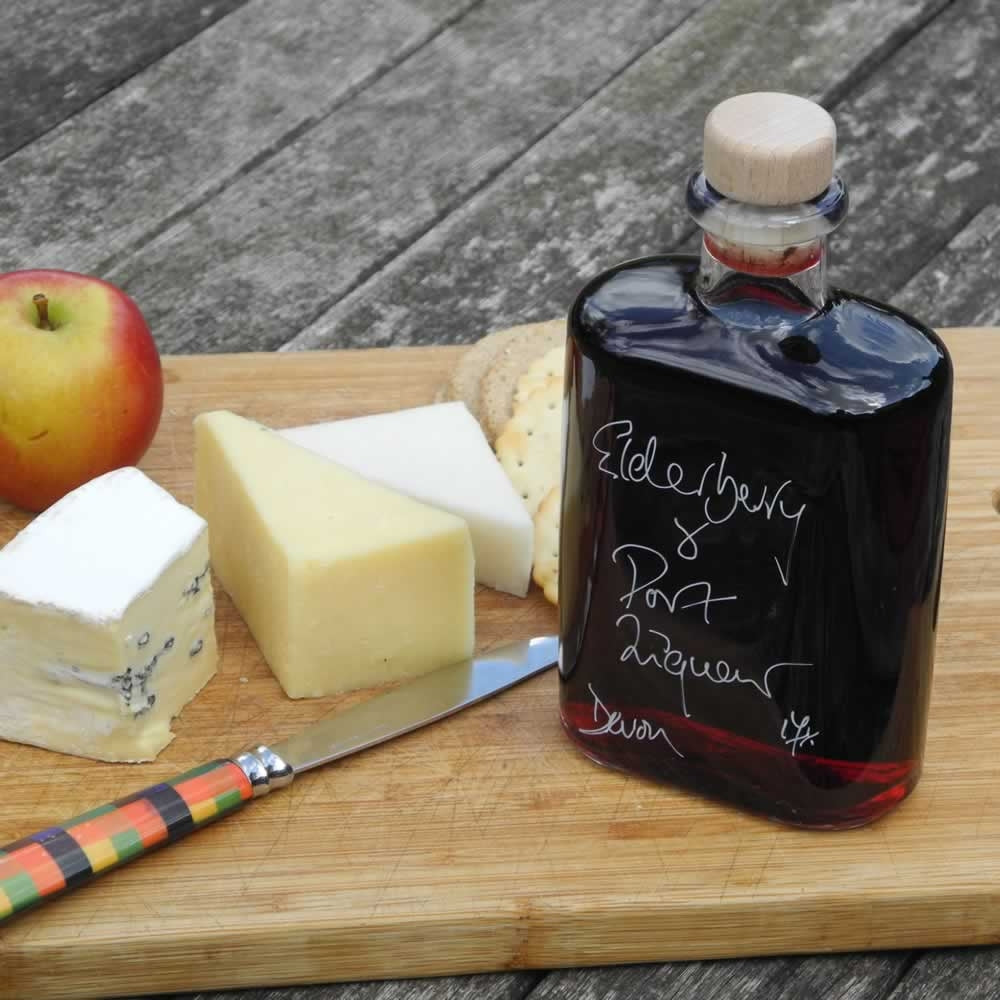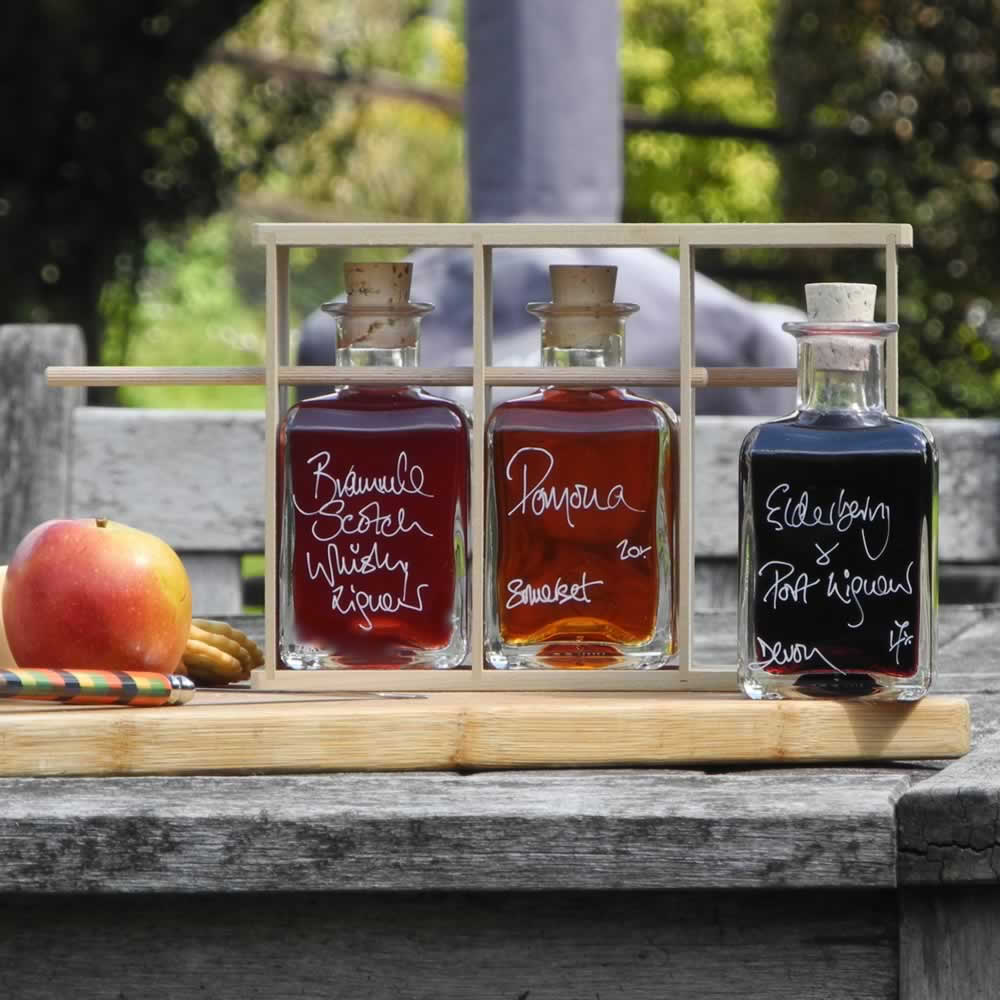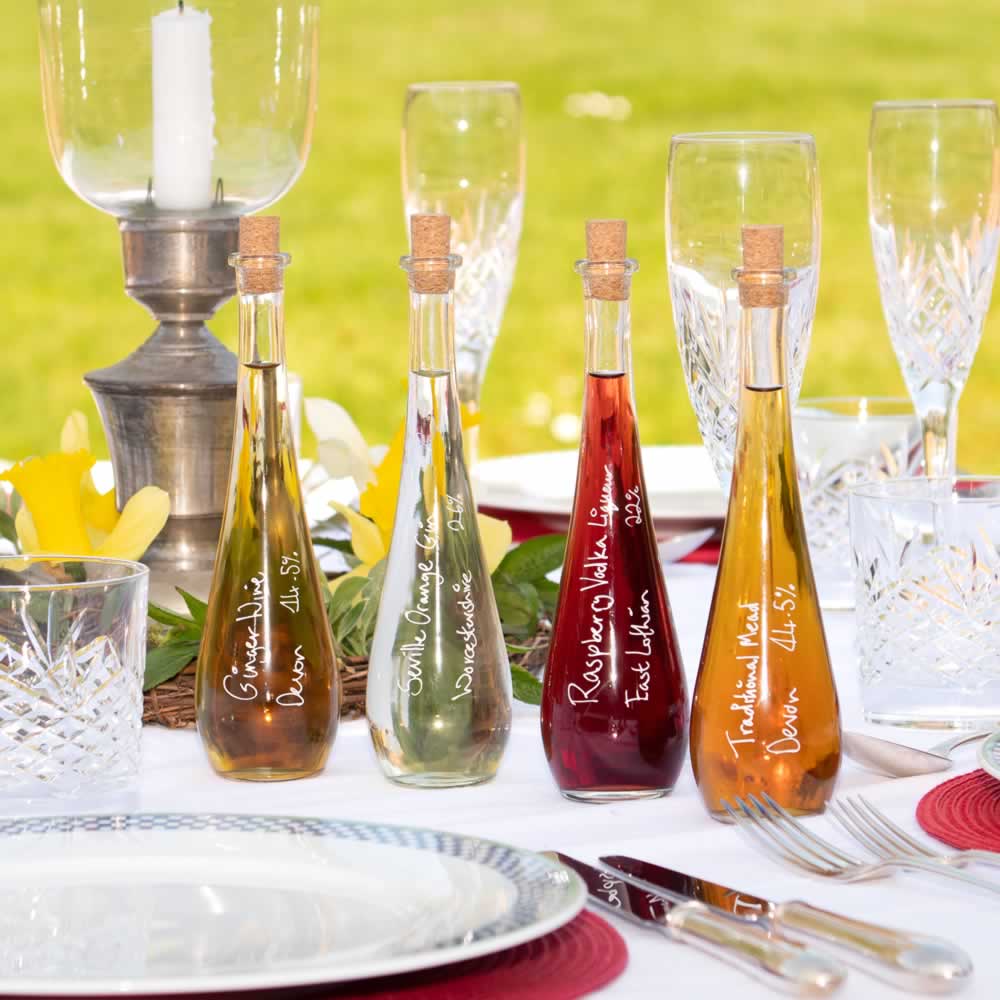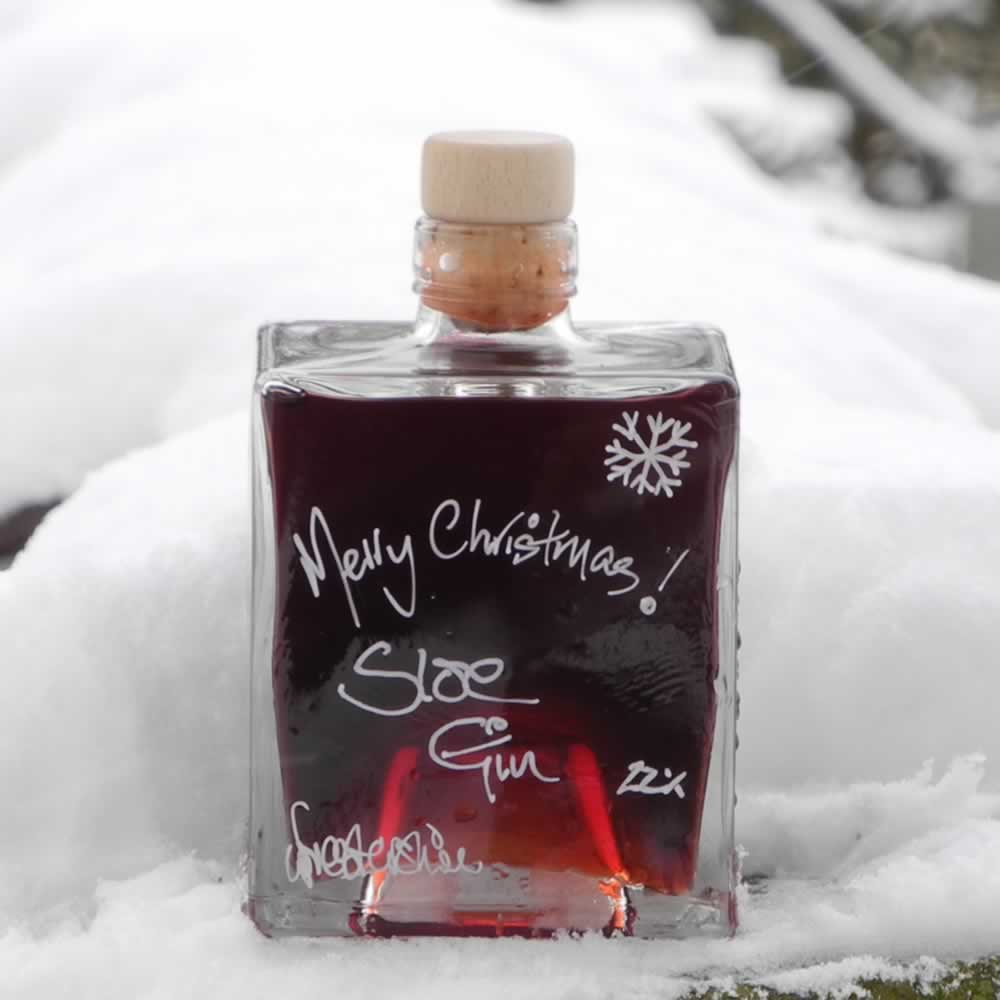Brandy
Brandy is a type of alcoholic drink created by distilling wine or fermented fruit mash. Variations on this process have evolved over many years to create Armagnac, Cognac, French Cider Brandy and a little know British version called Somerset Cider Brandy which we have stocked at Demijohn since founding in 2004.
Read more about BrandyBrandy is a type of alcoholic drink created by distilling wine or fermented fruit mash. Variations on this process have evolved over many years to create Armagnac, Cognac, French Cider Brandy and a little know British version called Somerset Cider Brandy which we have stocked at Demijohn since founding in 2004.
This distillation process can yield brandy anywhere between 35-60% ABV. Some of the very best Brandy in the World can be found in two main regions of France called Cognac and Armagnac. It is only relatively recently that the English West Country version, Somerset Cider Brandy has become regarded as a credible alternative, producing a World class digestif.
How is Brandy consumed?
The most common and intended way to drink brandy is after dinner as a digestif. This is traditionally done by drinking the brandy "neat" or in other words just by itself using a snifter, wine, or tulip glass to do so. Using a dedicated brandy glass to drink brandy is important as the body heat from the drinker’s hand can travel towards the drink slightly warming it up. This allows the brandy to reveal the enclosed bouquet of aromas.

However, excessive heating of brandy can cause the alcohol vapours to become overwhelming and overpowering. Some brandy drinkers may ask for their glass to be warmed up before the brandy is poured to extract the lovely aromas but not to an overwhelming extent.
History of Brandy
From the moment the process of distillation was developed new alcoholic spirits were discovered, brandy being one of them. Despite brandy being discovered around the classical times significant production of brandy did not begin until the 15th century. By the 16th century French brandy had a significant impact on the transatlantic triangle trade. French brandy quickly became the preferred drink taking over the top spot from Portuguese fortified wine. This quick increase in popularity was a result of the high ABV content of brandy as well as the ease of shipping it offered. Initially brandy was created as a method of preservation. It was known that wine can easily spoil if exposed to air. Therefore, distilling wine offered a much more stable product as well as a more condensed one, making it easier and safer to transport. Another reason why wine was distilled was due to the taxes imposed on the traders. In 16th century tax on alcohol was calculated by volume rather than the ABV. This meant that traders could pay less tax while carrying more product. The idea was to dilute the brandy with water before consumption to bring back the wine qualities of the drink. However, during distillation water was not the only element altered during the process. Several aromatic compounds were formed and composed leading to a fundamental alteration of the source wine. As a result, this alteration was often unlike that of the original. Luckily for the traders and us, the wooden barrels that the brandy was transported in significantly improved the overall quality of brandy making it a significant drink in its own right.
How is Brandy made?
The first step in creating a traditional brandy is to select the ingredients necessary in its making. Thankfully this list is not very long as it only requires wine. It is important to note that, just as with wine, quality matters. Even though any available wine can produce brandy it is only the high-quality base wines that yield the most prevalent character and aromas. Once the base is selected the process of distillation can take place.
This distillation process takes place in two distinct stages. In the first stage of distillation a "low wine" is obtained by removing a large part of water and solids, this creates a more condensed version of the wine with a much higher ABV of between 28-30%. Once this process is completed this "low wine" is ready for stage two where brandy is produced. This low wine is distilled again. This distillation is what creates brandy. This distillation takes place usually in a copper pot still and comes out in three different stages known as "heads", "heart" and "tails". The first part, the "heads" has a very high ABV and an unpleasant odour, this part of the distillation is collected but not used in the final product. Similarly, the "tails" has a very weak ABV and is also collected with the "heads" usually discarded or poured into another "low wine" for another distillation. The middle section of distillation is the "heart", and this part has the richest aroma and flavours, this is what makes a brandy. Once the "heart" is collected it is set to age, usually in an oak barrel. This process of aging in oak gives the brandy its unique colour and flavour. Despite oak being one of the most common ways to age brandy, different types of woods can also be used to mature brandy.
Once the aging process is done the brandy depending on the type and style is mixed with distilled water to reduce the ABV and is then bottled ready for consumption. The process of making a Cider Brandy is different, and in some respects more complex. In the autumn local cider apples are gathered and pressed. The juice is fermented in huge oak vats and then distilled in stills. The clear spirit produced, known as Eau de Vie, is then trickled into oak barrels where it is left to mature for 10 or more years.

The result of using local vintage British cider apples, means Somerset Cider Brandy is reminiscent but very different in taste from the more commonly known French Cider Brandy, Calvados. The combination of barrel, apples, soil and climate at Burrow Hill give Julian Temperley’s Somerset Cider Brandy its distinctive and excellent taste.
Grades of Brandy
There are a lot of different types of brandy to discover, there are also some distinctions within the same types of brandy that are categorised by a traditional age grading system. This system is constructed as:
V.S. ("very special brandy")
this means that the brandy was aged for at least two years in a cask.
V.S.O.P. ("very superior old pale brandy")
this means that the brandy was aged for at least four years in a cask.
XO ("extra old brandy")
this means that the brandy was aged for at least six years in a cask.
Hors d'âge ("beyond age brandy")
this means that the brandy was aged beyond the official age scale, it often refers to at least ten years in a cask.

Different types of brandy
Cherry brandy
Type of brandy traditionally made from double distillation of morello cherries or an infusion of morello cherries in a good quality base brandy, such as our Morello Cherry Brandy, which uses Somerset Cider Brandy’s Eau de Vie as its base.
Apricot brandy
Brandy distilled from fermented apricot juices or an infusion of apricots in Brandy.
Applejack
Type of American brandy distilled from fermented apple cider
Cognac
Type of brandy produced in Cognac, France. It is distilled twice and aged for a minimum of two years.
Armagnac
Type of brandy produced in Armagnac region of Southwest France. Unlike Cognac it is only distilled once for a more profound flavour.
Calvados
French Cider Brandy produced in the Calvados Region of France around Normandy, Maine and Brittany.
Somerset Cider Brandy
British Cider Brandy produced in the region of South West England centred on Kingsbury Episcopi.
Read less

